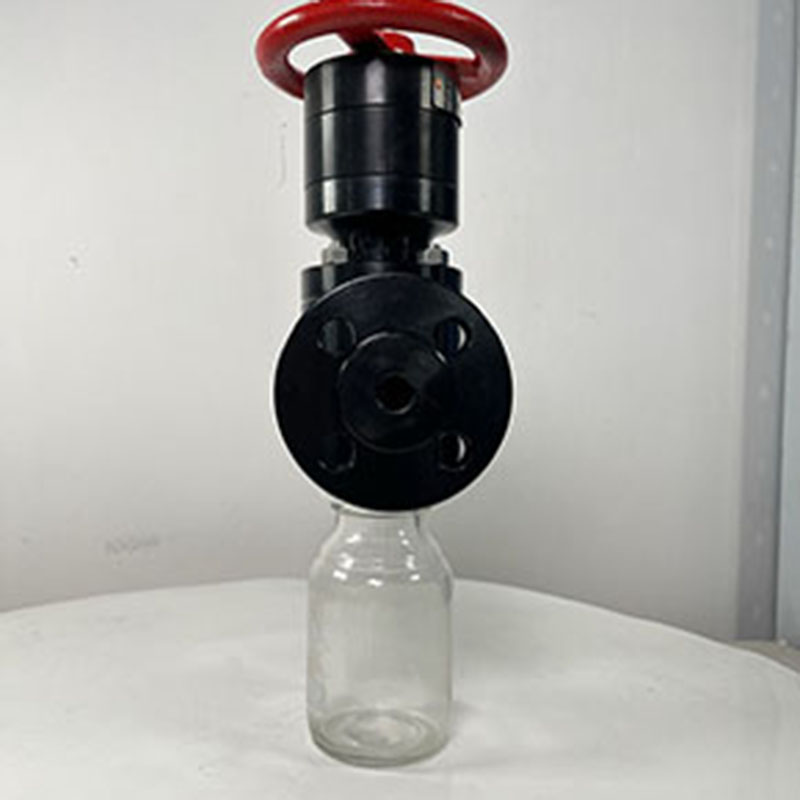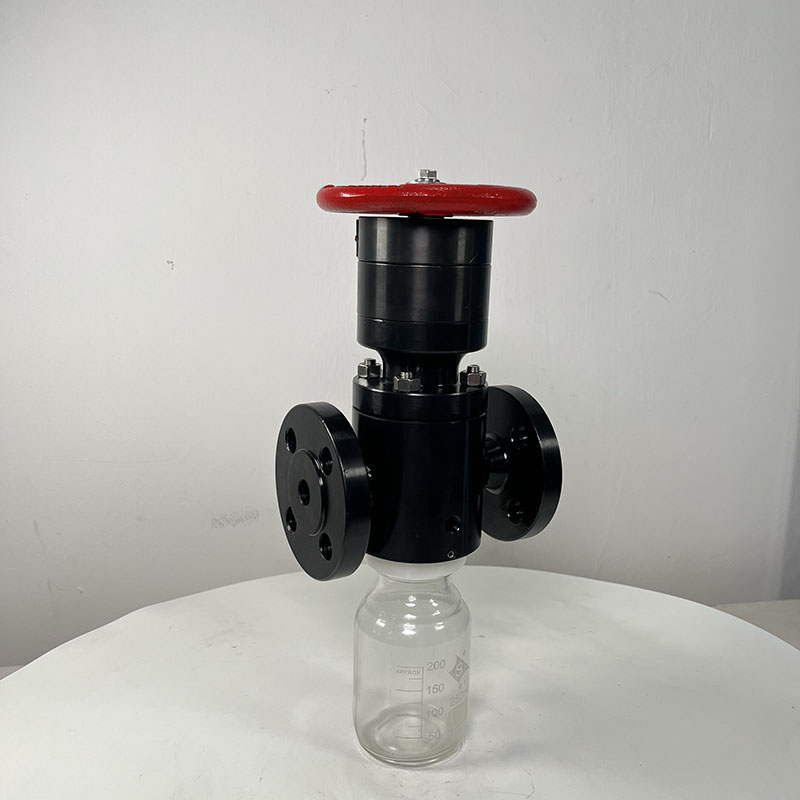一.Product Introduction
A sampling valve is a valve used to obtain medium samples from pipelines or equipment. It is widely employed in scenarios requiring frequent chemical analysis of medium samples. According to different working principles or performance during sampling, sampling valves are mainly classified into three types: Dual-Opening Valve, Flange Clip Valve, and Sampling Valve with Insulation Jacket. They are applied in industrial automatic hydraulic pipeline systems such as thermal power plants, chemical engineering, oil refining, pharmaceuticals, papermaking, sugar making, food processing, and machinery.
二.Product Features
- Diverse Types for Versatile Needs: Offers three core types (Dual-Opening Valve, Flange Clip Valve, Sampling Valve with Insulation Jacket) to match different working conditions, media properties, and temperature requirements.
- Safe & Stable Sampling: Dual-Opening Valve ensures secure sampling through sequential valve operation; Flange Clip Valve features reliable conical sealing; Insulation Jacket type prevents safety hazards from forced opening, safeguarding both operators and equipment.
- High Sample Purity: Rational structural design minimizes medium residue; the insulation jacket design adapts to crystalline media, avoiding cross-contamination and ensuring authentic sample representation.
- Easy & Convenient Operation: Supports manual operation (handwheel/sequential valve control) with simple steps. Push-type reset and handwheel control options cater to frequent sampling and stable operation needs respectively.
- Broad Adaptability: Compatible with pipelines of various diameters (DN15-DN200) and operating temperatures up to 200°C. Lining option for corrosion-resistant materials suits corrosive media in diverse industries.
- Wide Industry Application: Ideal for thermal power plants, chemical, petrochemical, pharmaceutical, food processing, and hazardous chemical industries, meeting strict requirements for cleanliness, safety, and high-temperature/pressure resistance.
三.Technical data
| Item | Specifications |
|---|---|
| Valve Types | Dual-Opening Valve, Flange Clip Valve, Sampling Valve with Insulation Jacket |
| Control Method | Manual (handwheel operation, sequential valve control) |
| Nominal Diameter | DN15~DN200 |
| Maximum Operating Temperature | Up to 200°C |
| Lining Option | Corrosion-resistant lining available (for corrosive media) |
| Sealing Structure | Dual-Opening Valve: Ball valve sealing; Flange Clip Valve: Cone-tapered hole sealing |
| Core Functions | Online sampling (no shutdown required), purge function (residue removal), puncture-type sealed sampling, limit protection (prevents over-operation) |
| Configuration Options | Push-type reset, handwheel switch, handwheel reset |
| Applicable Media | Asphalt, chemical media, petrochemical high-temperature/high-pressure media, pharmaceutical-grade clean media, hazardous chemicals, etc. |
| Design Features | Insulation jacket (for crystalline media), residue-free flow channel, stable structural design |
| Industry Standards | Complies with industrial hydraulic pipeline system application requirements (adaptable to thermal power, chemical, pharmaceutical, food, etc.) |
四.The main shape and connection size
1. Sampling from Asphalt Storage Tanks
- Asphalt in storage tanks should be sampled after being heated and melted, then transported to the asphalt heating pot via pipelines or asphalt pumps.
- Take at least 3 samples per pot at intervals, fully mix them, and take the specified quantity as the test sample. Samples can also be tested separately.
2. Sampling from Asphalt Transport Vessels
- After the asphalt transport vessel arrives at the port, sample each asphalt tank separately. Take 3 samples from different positions of each tank, mix them, and use them as the test sample for that tank.
- When sampling during unloading, take 3 samples at roughly uniform intervals from the unloading port or the sampling port along the pipeline according to the unloading volume. Mix them as one test sample.
3. Sampling from Asphalt Drums
- If the products are confirmed to be from the same batch, random sampling is acceptable.
- If the batch consistency cannot be confirmed, sampling should be carried out according to the number of drums as specified in the table [Note: The table content is not provided in the original text, so it is retained as is].





